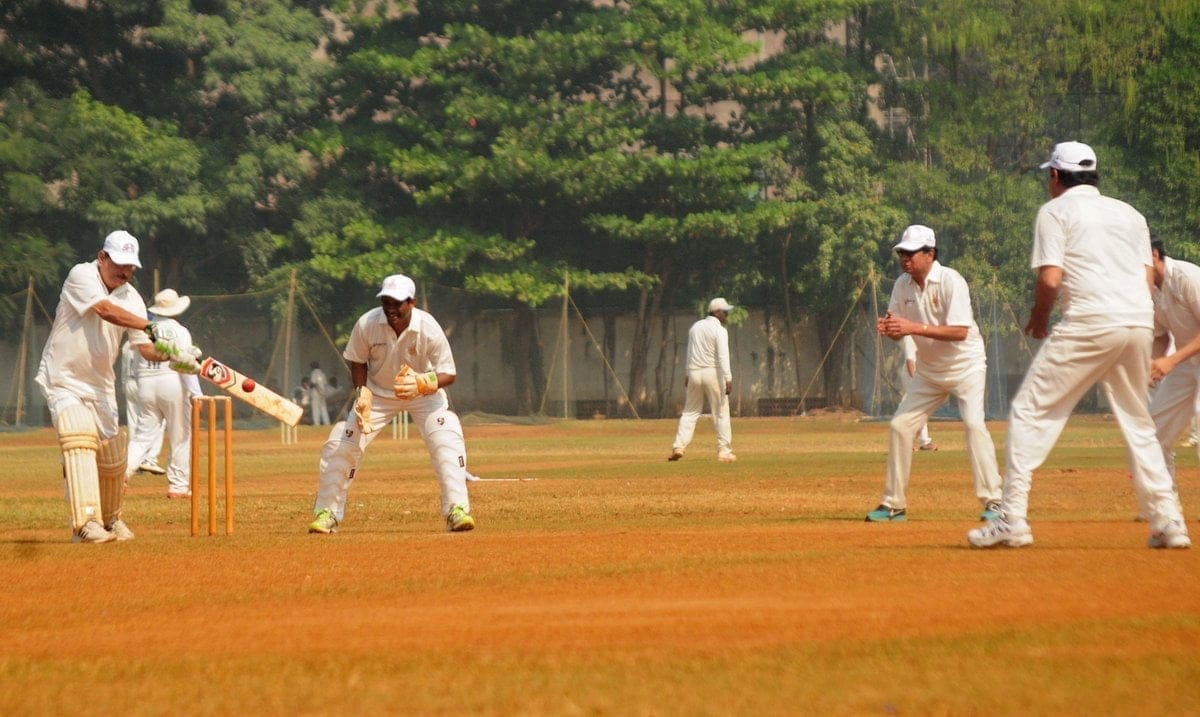Ajit Wadekar, who has died at the age of 77, was a pugnacious left-handed batsman and fine close fielder, especially in the slips. Tall – around six feet – elegant, cool and determined, he was a good enough batsman to make a triple century in the Ranji Trophy, but it is as captain of what was at that time India’s most successful Test side that he will always be remembered and revered.
Wadekar made his first-class debut for Bombay in 1958-59 but despite an outstanding record at Bombay University he took a while to establish himself. He made his Test debut in the first Test against the West Indies at Bombay’s Brabourne Stadium in 1966-67. He established himself with a fighting 67 in the third Test at Madras (Chennai) which helped put India in a potentially winning position (after losing the first two games) and was enough to secure his selection for the tour of England in 1967.
India had a difficult time, losing all three Tests but Wadekar had a reasonably successful tour, making 91 at Headingley. “More should be heard of Wadekar,” opined Wisden, “a stylish and consistent left-hander”.
It was on this tour that Wadekar made a significant change to his technique. Always very strong on the on-side – a highly effective sweeper and puller- he adopted a noticeably two-eyed stance. The great Australian Bill O’Reilly commented on this “wide open stance” when the Indians toured Australia and New Zealand in 1967-68. Australia won all four Tests but Wadekar made 99 in the second, at the MCG, and in
The New Zealand tour was a triumph for India, who won 3-1, and for Wadekar, who made 80 and 71 in the first Test, in Dunedin, and 143, his only Test century, in the third, at the Basin Reserve in Wellington.
Generally, though, India continued to struggle, and before the tour of the Caribbean in 1970 71 the controversial decision was taken to remove the charismatic Nawab of Pataudi from the captaincy and replace him with Wadekar. The appointment came, in Wadekar’s own words, like a bolt from the blue.
The decision, however, brought immediate dividends. India won the five-match series one-nil thanks largely to mountains of runs from debutant Sunil Gavaskar and Dilip Sardesai. It was not a vintage West Indies side – post Hall and Griffith, pre-Roberts and Holding – but they had some world-class players. Wadekar had a modest time with the bat but exuded calm authority in the field. Very different in style from his illustrious predecessor, he finished the job that Pataudi had started of making India a force to be reckoned with.
This was reinforced a few months later, in the 1971 tour of England, culminating in the historic series-deciding victory at The Oval, the greatest moment in India’s cricketing history prior to the 1983 World Cup triumph. Ray Illingworth’s highly efficient side had just won the Ashes in Australia, but they found the unconventional Bhagwat Chandrasekhar too much of a handful at The Oval. India had to cope with a tense fourth innings run chase. Wadekar, who had made 48 in the first innings top scored with 45 in the second.
He was run out with the game still in the balance. He returned to the dressing room and fell asleep till it was all over. As Alex Bannister wrote at the time, “Like Montgomery at Alamein, he had laid his plans in advance and retired to confident sleep.”
A further triumph lay ahead with a series victory over England at home in 1972-73, but the final act was a disappointment, England delivering a three-nil drubbing in1974. Wadekar retired from all cricket shortly afterwards. In his 37 Tests he scored 2113 runs at an average of 31 and held 46 catches.
Ajit Wadekar enjoyed considerable success as manager of various Indian teams in the early 1990s.

Bill Ricquier




